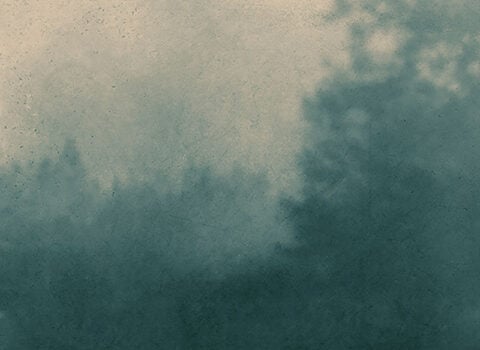“Asthand,” by Nina Röder, from Bath in Brilliant Green, which was published in 2018 by Kehrer Verlag © The artist. Courtesy Galerie Burster, Berlin
A surprising number of novelists are very good; few are extraordinary. Like his compatriot J. M. Coetzee, the South African writer Damon Galgut is of this rare company; like Coetzee, he is stringent, pure. He has, however, and mercifully, a sense of humor, even an occasional playfulness, which leavens that stringency. His new novel, The Promise (Europa Editions, $25), is a narrative framed around Death, or deaths. The Reaper, of course, is no stranger to…

























































































